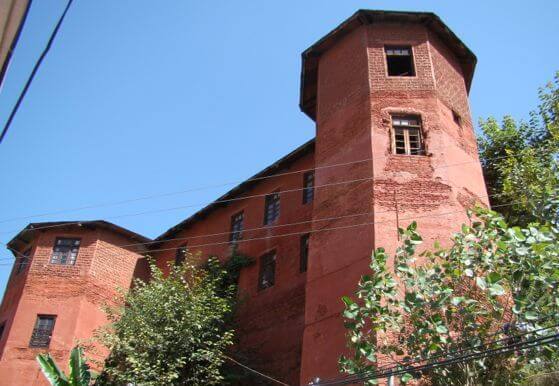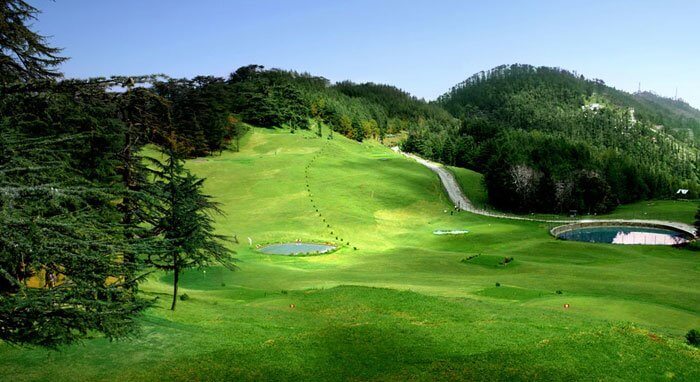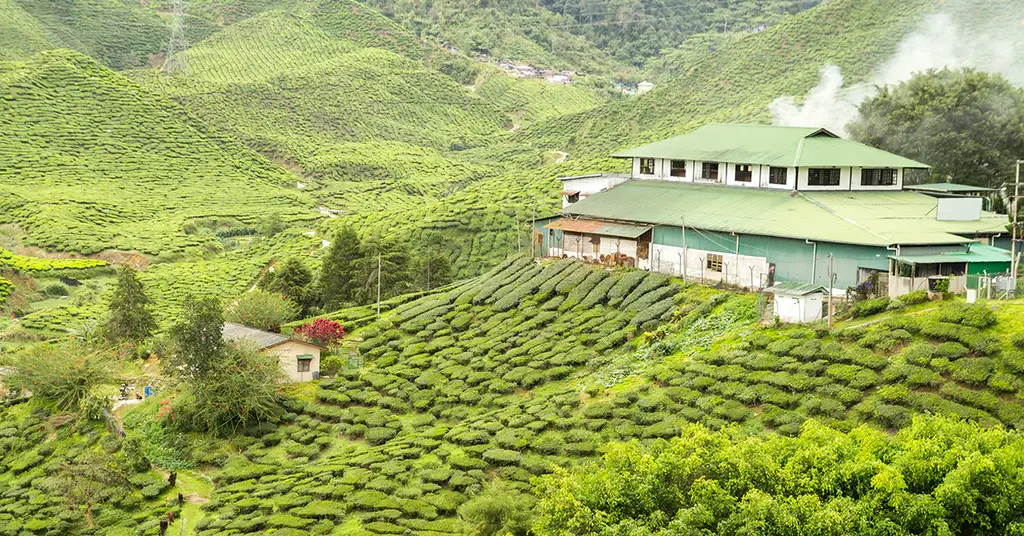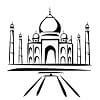- Home
- Holiday Ideas
-
-
- Choose Your Traveling Theme
-
- Adventure Tourism
-
- Cultural Tourism
-
- Tour Packages
-
-
- Packages by State
-
- Holidays by Interest
-
- Popular Tour Packages
-
- Fair And Festivals
-
- Ayurveda And Yoga
-
- Offers
-
- Destinations
-
Chamba
A natural paradise
Chamba
Soaked in old world charm, the picturesque town of Chamba, ensconced within the verdant valley of the gushing River Ravi, in Himachal Pradesh, may be a natural paradise. From pristine lakes, scenic waterfalls to the snow-capped Dhauladhar mountains and plush forests, Chamba may be a tranquil retreat. Dotted with several ancient temples that echo with legends and myths, the town may be a prominent spiritual centre and invites devotees from everywhere the region. Its numerous walking trails and waterfronts present ripe opportunities for adventure enthusiasts who can enjoys trekking, hiking, river rafting and camping. The rich history of Chamba is reflected in its various traditional arts and crafts like handkerchiefs, Pahari paintings, cast metalware and shawls.
...Dating back to the 6th century, Chamba is understood because the land of Lord Shiva and therefore the Kailash Parvat (mountain). Set amidst the Shivalik hills, Chamba is claimed to possess been founded by Raja Sahil Varman, of the princely Chamba state, after he conquered the Rani Valley from Ranas and Thakurs within the half of the 10th century. He also moved his capital to Chamba from Bharmour. consistent with Kalhana, the Kashmiri poet, who is usually considered the primary historian of the country and mentions about the place in his work, Rajatarangini, the first name of the town was Champa. As Champavati, the daughter of Sahil Varman, is worshipped as a goddess in Chamba, he built a temple for her. The temple, thereafter, became the family temple of the rulers of Chamba. More popularly referred to as Chameshni, Champavati is additionally said to be guarding the fragrant champaka trees that adorn the region. The town holds two popular fairs, Minjar Mela and Suhi Mata Mela that last several days. While the previous is persisted the second Sunday of the Shravana month or August and celebrates the victory of the Raja of Chamba over the ruler of Trigarta (now referred to as Kangra), Suhi Mata Mela is widely known within the months of March or April.
Read MoreHow to get there
By Air
Gaggal, 136 km away, is the nearest airport while the one at Amritsar is 244 km away.
By Road
Motorable roads connect Chamba to different cities in India.
Rail
Pathankot/ Chakki Bank, 120 km away, is the nearest railhead and is connected with all major cities and towns in the country.
Attractions

Akhand Chandi Palace
Famous for its unique style of architecture , the Akhand Chandi Palace was constructed by Raja Umed Singh, the king of Jodhpur, between 1747 and 1765 AD, and is one among the most important monuments in Chamba. Situated amid picturesque and tranquil settings, it had been the residence of the ruling family of Chamba. The structure, located around 1,000 m above water level , may be a great example of primeval architecture that’s influenced by both Mughal and British styles. The palace, designed in three parts, forms an unfinished square. one among the foremost striking features of Akhand Chandi Palace is its green roof and white painted windows. A Durbar Hall, also referred to as Marshall Hall, was constructed here in 1879 by Captain CHT Marshall, who was one among the palace’s residents. The Zenana Mahal for ladies was added later.
In 1958, the palace was sold off by the royalty to the Himachal Pradesh government who converted it into a government college and district library. The palace is one among the best samples of the country’s rich heritage and vibrant history that has been wonderfully restored and preserved. the simplest period to go to this palace is between the months of April and August when the weather is pleasant.
Legend has it that the palace got its name during Raja Umed Singh’s visit to Lahore in 1748 AD when the recitation of Chandi Durgasaptasati was performed as a prayer for his safe return.
Rang Mahal
Rang Mahal is one among the most important monuments in Chamba that was inbuilt the 18th century by Raja Umed Singh, the king of Jodhpur, as a residence for the royalty . it’s a gorgeous blend of Mughal and British architecture and its striking building has been planned to possess fort-like walls that appear to the touch the sky. While the palace’s interiors are decorated with exquisitely carved wooden doors, ceilings and windows, the corridors and balconies have beautiful and fine artwork. The puja and living rooms are ornamented with traditional embellishments and artefacts that majorly constitute mural paintings in typical Pahari style. One also can find a couple of paintings belonging to the Kangra School adorning the walls. They trace the life stories of Lord Krishna. Most of the palace’s paintings and other wares are taken out from here and kept in several museums across the country.
One of the most important monuments within the state, it now occupies the Himachal Emporium that’s a famous shopping spot. One can purchase beautiful handmade goods from here, especially silk fabrics with intricate embroidery work. It also gives employment to local women who are practicing this craft for several years.


Naldehra
A paradise for nature lovers, Naldehra is legendary for one among the oldest golf courses within the country located at a height of two ,200 m above water level . An 18-hole course, it’s considered together of the foremost challenging in India. it had been originally designed by British Viceroy, Lord Curzon, who was supposedly so crazy the sweetness of the spot that he personally supervised the laying out of the nine-hole golf links , which was later expanded.
Naldehra is crowned by a powerful grove of deodar trees and carpeted with a springing turf. The wide areas that form the long-lasting Alps-like topography of the region are home to some species of fauna.
One of the main attractions is that the Sipi Fair in June, held annually, which is usually an enormous draw for tourists and locals alike. The festival lends colour and animation to the scene and is attended by costumed villagers from everywhere the state.
Tea Factory
Situated at a distance of 180 km from Chamba, the picturesque town of Palampur is legendary all across the country for its gorgeous tea estates and tea factories. referred to as the tea capital of north India, Palampur is home to the Palampur Cooperative Tea Factory, which offers tourists an opportunity to urge familiar with the whole process of tea making and check out out some amazing sorts of tea. The factory processes tea leaves obtained from numerous local tea growers and prepares a number of the simplest sorts of tea. The roads of Palampur are lined with lush tea plantations with the majestic Dhauladhar range within the backdrop. Visiting the tea factory may be a quintessential mountain experience and tourists must not miss the chance when travelling to Chamba and its nearby areas.

WANT TO RENT A CAR IN INDIA ?
Choose Your Traveling Theme

 TOUR BOOKING
TOUR BOOKING















